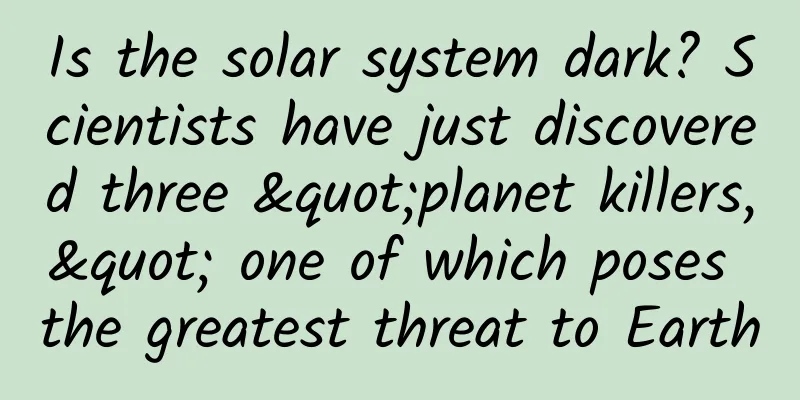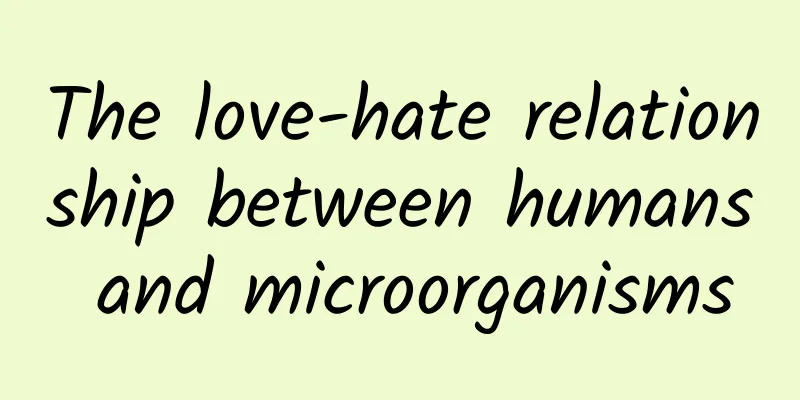Is the solar system dark? Scientists have just discovered three "planet killers," one of which poses the greatest threat to Earth

|
Astronomers have discovered three near-Earth asteroids lurking undetected in the sun's glare, including one that is the most potentially hazardous object to Earth discovered by scientists in the past eight years. These asteroids are found within the orbits of Earth and Venus, but they are very difficult to observe because the sun is too bright to be seen with telescopes. To avoid the glare of the sun, astronomers took the opportunity to observe during a brief twilight window . A team used the Blanco 4-meter telescope at the Cerro Tololo Inter-American Observatory in Chile to discover the space rock using the Dark Energy Camera . Their findings were published in the Astronomical Journal on Monday. Artist's impression of an asteroid whose orbit is closer to the sun than Earth's. Among them, an asteroid named 2022 AP7 is 1.5 kilometers wide. In the future, its orbit may bring it into the Earth's orbit, but scientists do not know exactly when. "Our twilight survey is searching for asteroids in a region just inside the orbits of Earth and Venus," lead study author Scott S. Sheppard, an astronomer at the Carnegie Institution for Science's Earth and Planetary Laboratory in Washington, D.C., said in a statement. "So far, we have discovered two large near-Earth asteroids about 1 kilometer in diameter that we call planet killers." Scientists have determined that the asteroid will cross Earth's orbit, but it will happen when Earth is on the opposite side of the sun -- a pattern that will continue for centuries, as it takes the asteroid five years to complete an orbit around the sun. But over time, the asteroid's orbital motion will become more in sync with Earth's . Scientists don't know if the asteroid's orbit is precise enough to determine how dangerous it will become in the future, but for now, it's "going to stay away from Earth," Sheppard said. A near-Earth asteroid 1 kilometer across or larger, if it struck Earth, "would have devastating effects on life as we know it," he said. Dust and pollutants would remain in the atmosphere for years, cooling the planet and blocking sunlight from reaching the surface. "This will be a mass extinction event the likes of which the Earth has not seen in millions of years," Sheppard said. The team hopes to find more planet killer asteroids in surveys over the next few years. Scientists believe there are about a thousand near-Earth objects larger than 1 kilometer, and they have discovered about 95% of them in the past decade of surveys. The other two asteroids, 2021 LJ4 and 2021 PH27, are in safer orbits and pose no threat to Earth. But astronomers are interested in 2021 PH27 because it is the closest known asteroid to the Sun. As it approaches the Sun, its surface temperatures could reach temperatures hot enough to melt lead. Asteroid-hunting astronomers face considerable challenges if they try to locate these giant space rocks within the inner solar system, which includes Mercury, Venus, Earth, Mars and the main asteroid belt. To avoid the glare of sunlight, they have only two 10-minute windows each night to scan these areas with ground-based telescopes. Astronomers still face complications during the twilight hours. To search the inner solar system, their telescopes must be focused near the horizon, peering through Earth’s thick atmosphere and its blurring effects. If things sound complicated for ground-based telescopes, observations of the inner solar system are impossible for space telescopes like Hubble and James Webb, because the heat and glare of the Sun would burn out their instruments. The Dark Energy Camera's wide field of view will help astronomers overcome observational challenges by allowing them to scan large swaths of the night sky in detail. "Because asteroids in the inner solar system are rare, it takes observing a large area of sky," Sheppard said. "Because asteroids are faint and are affected by the bright twilight near the Sun and the distorting effects of Earth's atmosphere, we need deep images. The Dark Energy Camera can cover a large area of sky and reach depths that cannot be reached by small telescopes, allowing us to go deeper, cover more sky, and probe the inner solar system like never before." Near-Earth objects (NEOs) are classified as asteroids and comets, and their orbits are 48.3 million kilometers from Earth. Detecting the threat of NEOs that could cause serious harm is a major concern for NASA and other space organizations around the world. No asteroid has yet directly hit Earth, but there are more than 27,000 near-Earth asteroids of various shapes and sizes . NASA recently demonstrated that it can successfully change the motion of an asteroid through space with the Double Asteroid Redirect Test, or DART, mission in September. First, though, astronomers have to find space rocks that pose a threat to Earth. Instruments like the Dark Energy Camera, and future space observatories like the Near-Earth Object Survey, could pinpoint previously unknown asteroids. Additionally, studying and understanding asteroid populations will help scientists understand the distribution and dynamics of space rocks — such as how the sun's heat breaks them apart over time. “Our Dark Energy Camera survey is one of the largest and most sensitive searches ever conducted for objects within Earth’s orbit and near the orbit of Venus,” Sheppard said. “It’s a unique opportunity to learn what types of objects are lurking in the inner solar system.” Comprehensive report by Chengshi Interactive reporter Jin Yingying |
>>: If you see a millipede on the road, should you drive it away?
Recommend
ALS patient tweets: Hello, world!
Recently, domestic and foreign media suddenly bro...
How Momo plays the social networking game—product analysis report!
Purpose of analysis How does Momo do stranger soc...
Momo information flow advertising skills, play with pan-entertainment social information flow advertising!
Written in front Momo is a pan-entertainment soci...
What business opportunities are there in rural areas now? What business can make money in rural areas in 2020?
2020 has arrived. Many migrant workers who have e...
VIP course of an institution, Xianyu & Zhuanzhuan project gameplay practical class 2
Some students asked if they can really make money...
Invisible and intangible! What mysterious power drives the sun, moon and stars to move endlessly?
Someone asked: Celestial bodies and stars neither...
A new variant of Omicron was discovered in Suzhou, which is different from any known strain in the world. What should we pay attention to?
Under the influence of the Omicron variant, there...
What is the mystery behind this little-known "cat special forces soldier"?
Recently, an infrared camera at the Dagu Glacier ...
iPhone 7 is not good? Analysts say it is the last glory
After iPhone 7 received a major upgrade, everyone...
BlackBerry launches classic model again
"If you don't do it, you won't die&q...
Don’t think of cervical spondylosis when you feel dizzy. It may be “otolithiasis”. If you meet the following 4 points, you can basically diagnose it.
Have you ever experienced this: waking up in the ...
Why do you have to leave the fresh meat aside for a few days instead of eating it?
Review expert: Wang Guoyi, Postdoctoral Fellow in...
It’s the marketing node in September 2017, what else can we do next month?
After the Chinese Valentine's Day, we will us...
How to improve SMS ROI? I have 6 thoughts!
Every time there is a big sale, major online stor...









